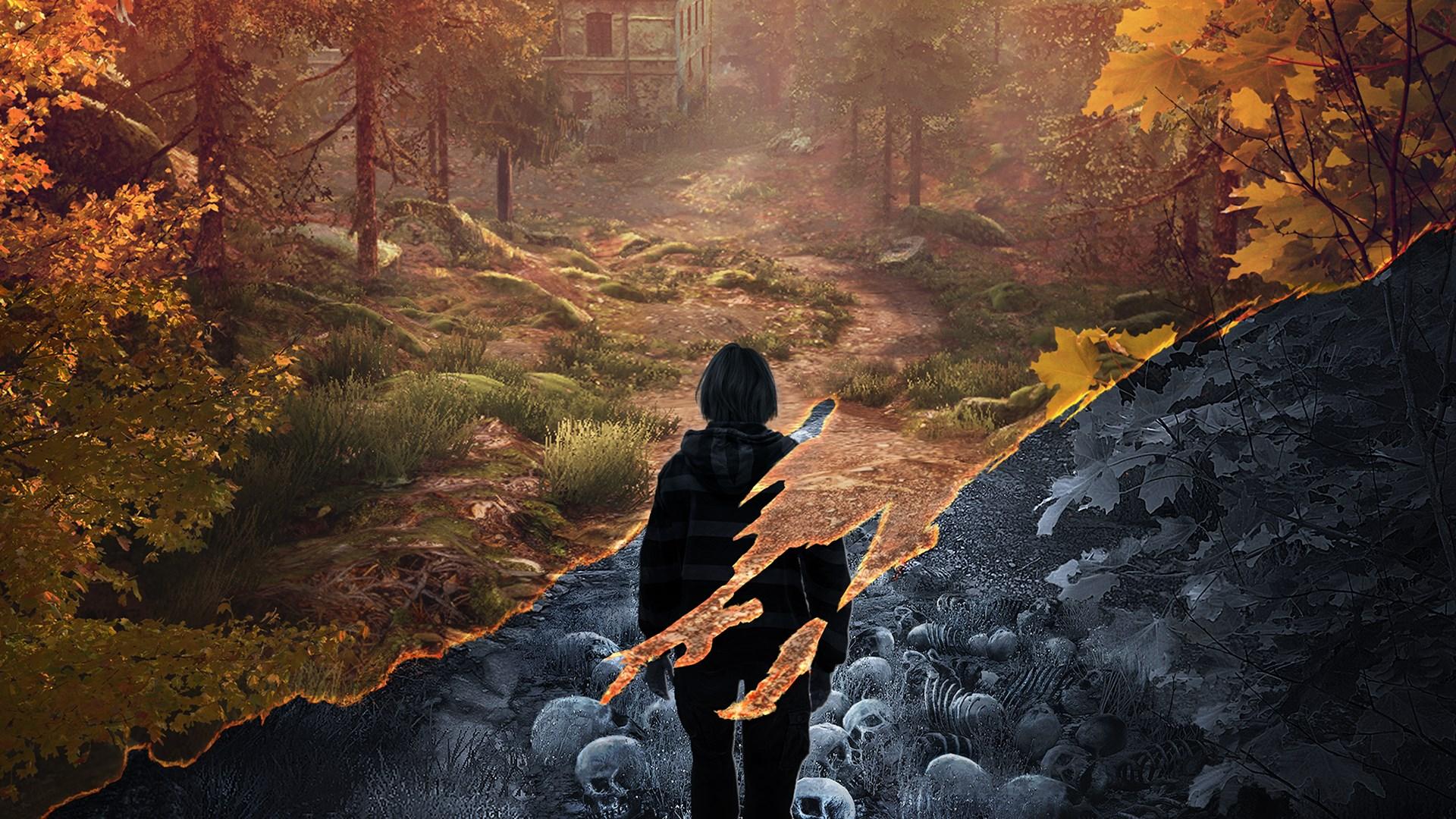Name of game, creator, and platform:
The Vanishing of Ethan Carter is a first-person open-world horror/mystery game developed and published by The Astronauts. I played the game on PC, but it is also available for Microsoft Xbox One, PlayStation 4, and Nintendo Switch.
Target audience:
The target audience for The Vanishing of Ethan Carter appears to be catered to those looking for a narrative-driven game with gorgeous graphics and interesting puzzles. There isn’t really any twitch gameplay, and the player can’t die or really fail. In terms of age, I think anyone from the age of 13 and older can resonate with parts of the story or at least appreciate the well-structured mystery and supporting mechanics.
Important formal elements:
The Vanishing of Ethan Carter is a first-person, single player game. The player is given very little guidance on how mechanics work in the game, and are often left to explore the open world as they see fit. The main objective of the game revolves around unraveling the mystery surrounding the disappearance of a boy named Ethan Carter, who has dabbled in the occult and summoned an evil spirit. You play as the occult detective Paul Prospero, using your power to see the lives of the dead and how they died to re-construct and progress in the overall story. As such, many of the challenges in game focus on recreating scenes right before a victim’s death so that Prospero can use his special skill to view the moments leading up to their death. Points of interest are highlighted with white glowing text, and the player can click to interact with them and trigger events. Resources used in the puzzles are stored in an inaccessible inventory and are only used when the right event is triggered. The rules of the game are learned through just walking around and interacting with various objects – there is a map border preventing players from walking beyond certain areas, and certain events have prerequisites that need to be filled before they will trigger. I would say that there is no explicit conflict in the game, but more of a curiosity and awe at the beauty of the gorgeous graphics that calls the player to continue exploring and unraveling the story.

Types of fun:
It is clear that The Vanishing of Ethan Carter is a heavily story-based game with some challenging puzzles. Narrative, discovery, and challenge are the types of fun that naturally come about from playing through the game. Playing through the game I felt extremely motivated to look around and explore not just to advance the story but also just to see something new and interesting. Graphics plays a role in enticing the player to explore and not just stick to a linear storyline. The narrative itself doesn’t seem too unique at first glance, but the mechanics of piecing the various parts together through the victim’s deaths makes for a more engaging and thought-provoking playthrough.
Moments of success or epic fails, and suggested changes:
I would say the first thing you notice when loading into the game are the amazing, life-like graphics quality. I spent a few minutes just walking around, admiring tree water textures. The voice acting is also quite decent, and sets a nice eerie tone for the beginning of the game.
I do think that the game could be a little more explicit on the player’s objective, but then again the game is purposely obscure to add to the mystery. Some players may find the pace of the game slow and the puzzles tedious, as there is very little if not any twitch action in the game.
I think a map would be nice, as the game space is rather large and patches of forest often look the same, which could cause some players to waste time needlessly trying to find their way back to the main storyline. It’s more about giving the player the opportunity and comfort to explore, and not placing some sort of boundary on them.

How is the narrative woven into the mystery, and how do the mechanics support the mystery?
In this regard, The Vanishing of Ethan Carter excels in making the mechanics of the game slowly unravel the mystery in a way that makes sense. Prospero needs the scene of death to look exactly the same as it did at the time of death, and so the player must reverse-engineer how the death occurred. By uncovering evidence at each scene, the player not only learns more of the story but also receives information on how to solve the puzzle of the death scene.
It is more that uncovering the narrative is the mystery, rather than the narrative being woven into the mystery. Perhaps it is a bit of both, as the player must think about what has occurred in the past, as well as events currently happening in the present.



